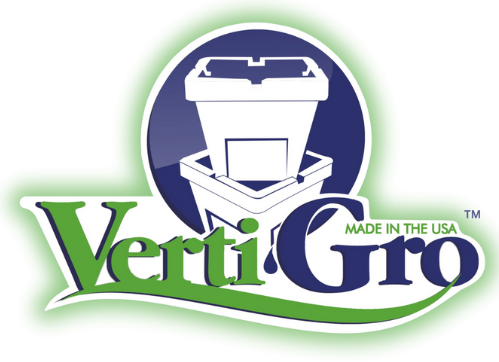
"Vine-Ripened" Tomatoes
Share
Have you ever wondered why some "vine" ripened tomatoes vary so much in taste? The term "vine-ripened" is hardly ever true unless you buy it from a local farmer or grow it yourself. Vine-ripened was originally meant "ready-to-eat". It didn't say it was more nutritious or better tasting. It was just assumed this was the purpose. When tomatoes are shipped and it can take 3+days to get to the grocery store. It couldn't be "vine-ripened" or it would be overripe by the time it made it to the produce section. It is still on the vine, or ripe on the vine, but this term has been grossly misused. How can a tomato from Mexico or Peru be "vine-ripened"?! Once you cut it open you might be able to tell by the appearance or taste. A tomato can be red on the outside and almost white on the inside. This is a sure sign that the tomato was picked green (referred to as "mature green"). It may hard or soft, but the taste and color will tell!
Another way to tell if a tomato is fresh is by looking at the calyx (if it is present). The calyx is the green, leaf-like structure at the top of the fruit, where it was attached to the flower and stem. Commercially grown tomatoes have the calyxes removed to prevent bruising during washing, packaging and shipping. These typically have been sprayed with a lot of pesticides and require washing before shipping. Cluster tomatoes or tomatoes still on the vine may be fresher, but are generally smaller and a little more expensive. These can still be up to a week old. If the calyx is dried up or if it is brown it definitely isn't fresh!
The flavor of a tomato is determined by several factors: The variety is #1, but it must produce well and ship well to be grown commercially. 2. The type of soil it is grown in. Generally a very sandy soil will not produce a good tasting tomato as compared to one grown in soil with more organic matter. 3. The amount and type of fertilizer is always the unanswered question in most cases. High nitrogen tends to produce too much growth, too fast, or bullish plants. A low nitrogen formula should be adjusted to have higher P(phosphorous) and K(potassium) values, especially potassium. Keeping the total "salts" high will also produce a better tasting tomato. Dilute or insufficient amounts of fertilizer will cause tomatoes to ripen unevenly, be "mealy", or even have blossom end rot. If you notice the NPK of any fertilizer, many all-purpose formulas start with a higher nitrogen rather than a lower nitrogen such as our soluble formulas 6-12-28 and our commercial formula, 8-12-32. Our formulas start with a lower nitrogen and are complete with all major and minor elements.
Poor pollination can also affect flavor because it makes for less seeds and less liquids in the tomato. A dry tomato does not taste good. Poor pollination is usually shown by an odd shape or "white-ish" looking green tomatoes.
If purchasing your tomatoes through a typical grocery store, there is just no way to have a fresh tomato. Harvesting, packaging and shipping take several days. In order for the tomatoes to not already be over-ripe when they arrive at the store they have to be harvested somewhat green or pink. This is main reason tomatoes have no flavor and are white inside. Hydroponic tomatoes are no different. They have to be harvested before ripening and if the hydroponic grower skimped on their nutrients to try and save a little money, the tomatoes will not have the good flavor they should have. The best way to get tasty, truly vine-ripened tomatoes? Support your local farmer when tomatoes are in season or grow your own! Vertical gardening can help you have consistent water and nutrients to your tomato plants resulting in that true tomato flavor you're craving!
-Tim


